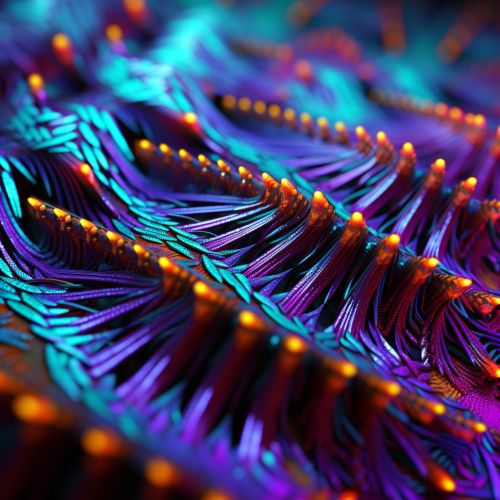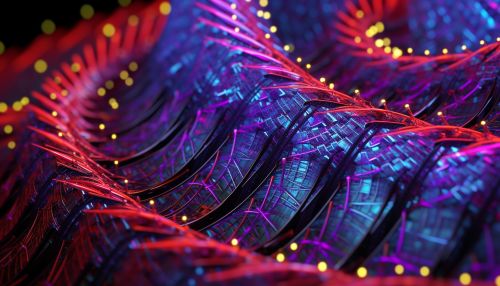Quantum Dot Cellular Automata in Logic Design
Introduction
Quantum Dot Cellular Automata (QCA) is a revolutionary approach to nanoscale electronics that promises to overcome the limitations of traditional Complementary Metal-Oxide-Semiconductor technology. QCA is a paradigm shift in logic design, offering high speed, low power consumption, and small size, making it an attractive option for future computing technologies.


Basic Concepts of QCA
The fundamental building block of QCA is the QCA cell, which consists of four quantum dots arranged in a square pattern, with two free electrons that can tunnel between the dots. The position of these electrons represents the binary state of the cell. In a simple binary wire, a line of cells can transfer binary information from one end to the other. QCA cells can be arranged in various configurations to perform complex logic functions.
QCA Logic Gates
The basic logic gates in QCA, such as AND, OR, and XOR gates, are constructed by arranging QCA cells in specific patterns. For example, a majority gate, which outputs the majority value of its three inputs, can be constructed using five QCA cells. By setting one of the inputs to a constant value, the majority gate can be used to implement AND and OR gates.
QCA Circuits
QCA circuits are constructed by connecting QCA logic gates together. These circuits can perform complex computations, and can be designed to be reversible, meaning that they can perform their computations in both directions. This property is particularly useful in quantum computing, where reversible computations are a fundamental requirement.
Advantages and Challenges of QCA
QCA offers several advantages over traditional CMOS technology. It operates at high speeds and consumes very little power, making it an attractive option for future computing technologies. However, there are also several challenges associated with QCA. The most significant of these is the difficulty of fabricating QCA cells and circuits. Other challenges include the need for error correction mechanisms and the lack of a mature design methodology.
Future of QCA
Despite these challenges, the future of QCA looks promising. With advances in nanotechnology and quantum computing, it is likely that QCA will play a significant role in the next generation of computing technologies.
